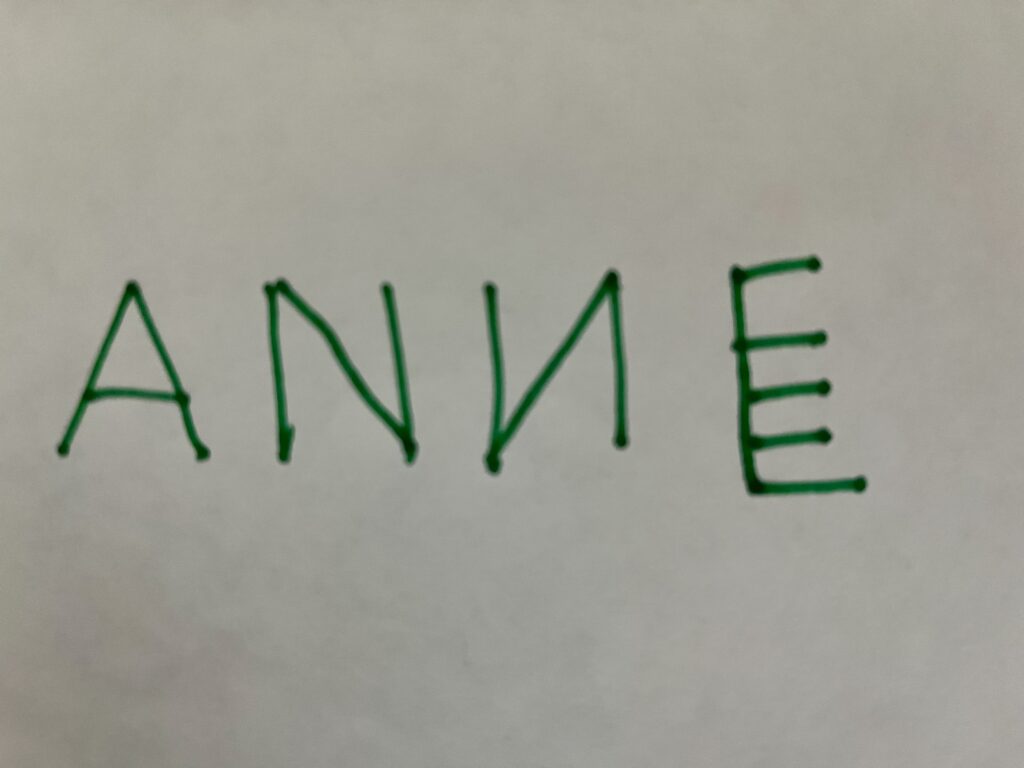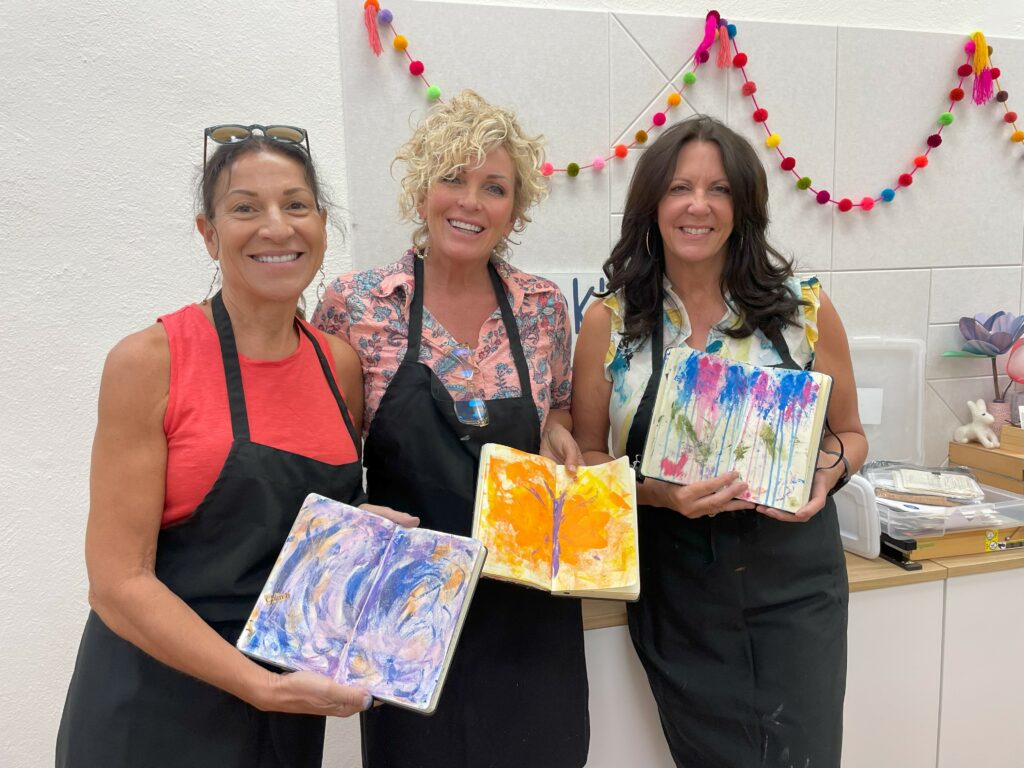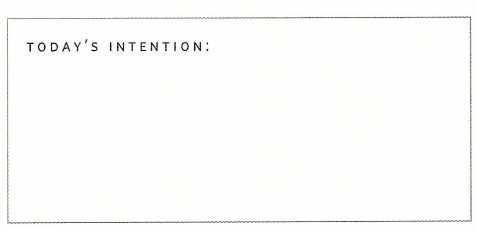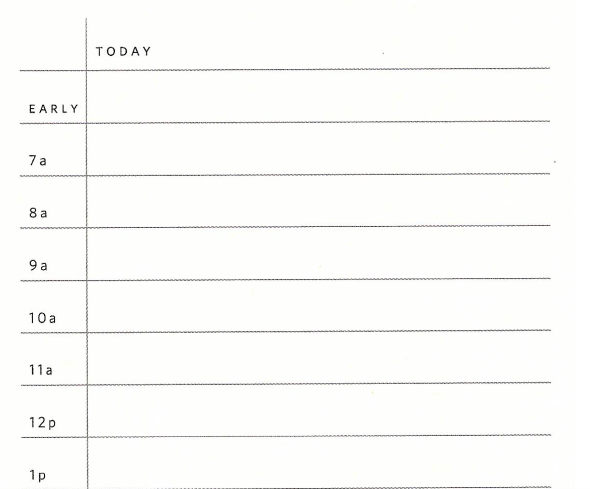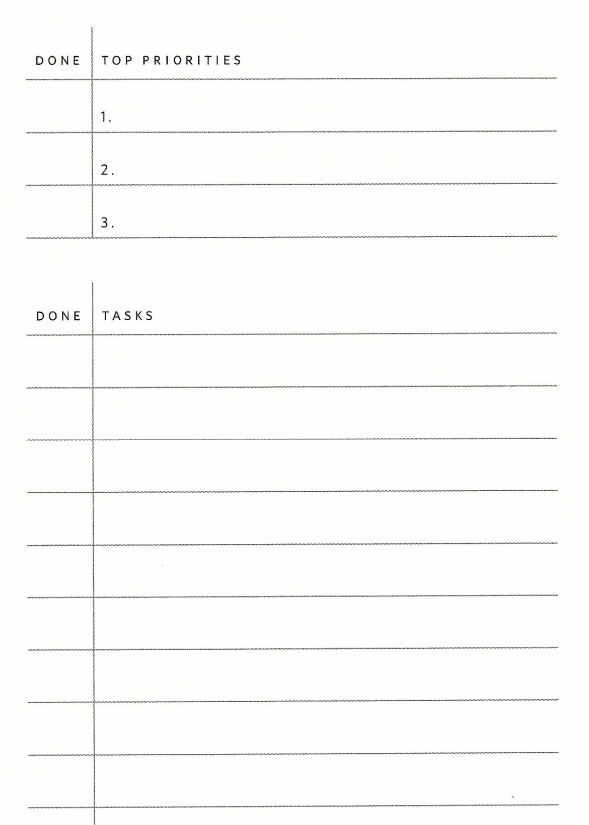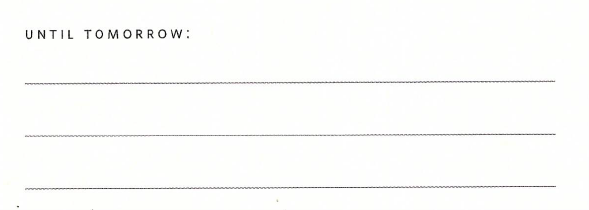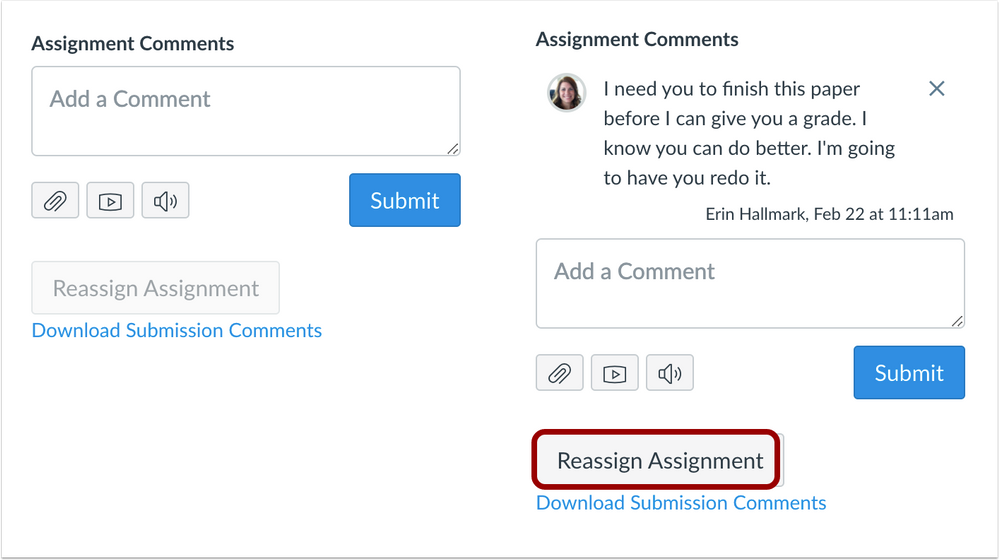In a previous Write 6X6 season, I wrote about my teaching heroes (Teaching Inspiration En Pointe and Just a Girl in Senior English). In those essays I waxed nostalgic about teachers who were undeniably “good.” Hallmark movies could be made about them all, “She had solid pedagogy” could be written on their tombstones.
So, I’m not sure why another set of teachers came to mind when asked this week, “Is there anyone in education you felt was exemplary in teaching, learning, or student success?” I’ve studied teaching for the last 38 years, and I know all the qualities that would be on the “good teacher checklist.” But sometimes teachers go off-the-good-book, so to speak, and their students can be all the better for it.
In my doctoral program, I took Research Methods in the Learning Sciences with a highly-respected and highly-introverted professor. She had a funny habit of curling up like a cat on a desk in the front of the room and lecturing from her scratching post podium. And as with all doctoral courses, Research Methods had a heavy reading load.
In one of the first weeks of class, we all filed in as the professor vaulted her tiny frame above us. She started class by asking, “What are your reactions to this week’s readings?” I don’t remember if we were all shy/didn’t do the reading/were still asleep from an all-nighter, but none of us spoke. She employed the good-teacher tactic of using wait time, and then promptly, but not unkindly, announced, “Well, if you all don’t have something to share, class is over.”
She matter-of-factly padded her way out of class, and we all just sat slack-jawed. What just happened?
The good-teacher checklist would dictate the professor should have offered scaffolded prompts to get us talking. She should have used encouraging words to help us take risks. But the effect of her walk-out was the same: We all came prepared to discuss the reading in every class moving forward.
Her strategy only worked because she knew her students. She knew we were a bunch of highly motivated (read: somewhat neurotic) PhD candidates. And when she wordlessly left the room, she communicated loud and clear, “You are responsible for your own learning!” I personally would never do the walk-out with my own students. But this experience reminds me of the importance of transferring the responsibility of learning to the student.
Another professor in the same doctoral program was a renowned qualitative scholar. It was amazing that she was still teaching 1) because she was world famous, and 2) she had a very interesting (read: strange) approach to teaching: She would sit in front of the room with notes she had handwritten in a big book and read them . . . verbatim . . . for over an hour . . . in each and every class! The good-teacher checklist would not be amused.
I don’t know how she did it, but she made it work. She would read for a bit, take off her glasses, and chuckle to herself about some aspect of what she just read. She was provocative – challenging all of us quantitative folks by saying our numbers had just as much potential for bias as the ethnographic methods she taught us. In her own little weird way, she roped us all in as she recited her notes class after class.
I would never straight-on read notes to my students and attempt to pass it off as teaching. But I am reminded that I don’t have to be the entertaining dancing monkey for my students that sometimes I feel compelled to be. I’m not sure any student ever stitched these professors’ names on a pillow, but I believe we all benefited from their unconventional (read: not research-based) instructional approaches. And this former-kindergarten teacher learned to have elevated expectations for college students who are ultimately responsible for their own learning.




